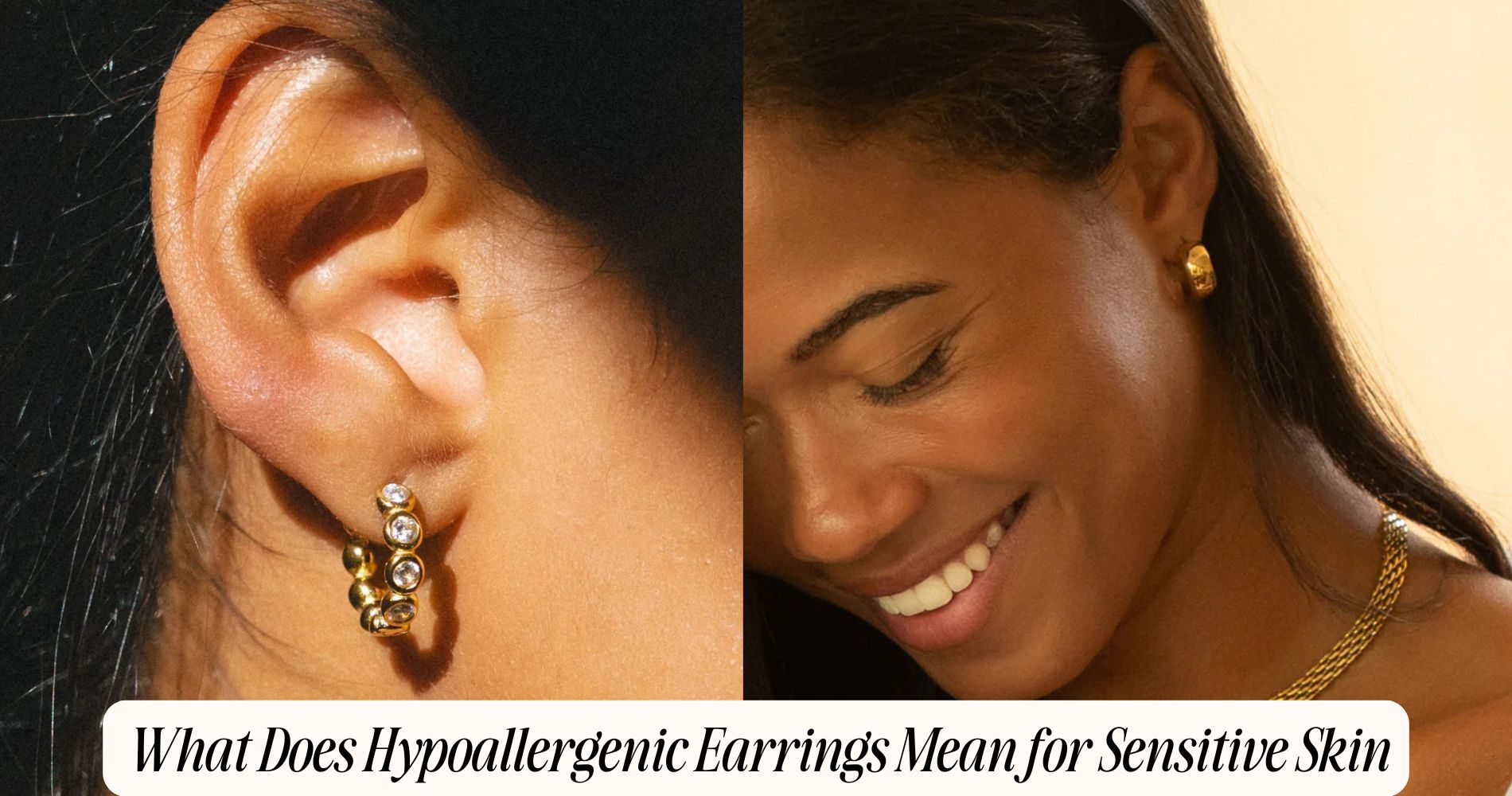
What Does Hypoallergenic Earrings Mean for Sensitive Skin
Wondering what does hypoallergenic earrings mean? The term sounds reassuring, but it isn’t a clinical guarantee for sensitive skin. “Hypoallergenic” isn’t regulated, and testing standards can vary. Metals like nickel, cobalt, and chromium may still release ions in sweat and trigger dermatitis, even when labeled hypoallergenic. Instead, look for verified materials such as implant-grade titanium (ASTM F136), surgical stainless steel (F138/F316L), niobium, 18k+ nickel-free gold, or platinum alloys (Pt950). Always request nickel-release compliance reports and avoid thin platings that wear off easily. Clean your earrings regularly and stop using them at the first sign of irritation—or explore our Hypoallergenic Hoop Earrings designed for truly sensitive skin.
Understanding Hypoallergenic Claims vs. Reality
Although “hypoallergenic” suggests safety, the term isn’t regulated and rarely guarantees an absence of sensitizers. You should treat hypoallergenic definitions as marketing descriptors rather than validated clinical claims.
In the U.S. and many markets, no governing body standardizes thresholds for allergen release or mandates testing protocols. As a result, labels can obscure material variability, coating integrity, and manufacturing residues that still provoke reactions.
To reduce consumer misconceptions, scrutinize product disclosures: specify base metal, plating thickness (in microns), alloy composition, and documented test methods (e.g., ISO 10993 biocompatibility).
Verify third-party certifications and batch-level quality data. Prefer vendors that disclose corrosion testing and simulate perspiration exposure. Remember, “nickel-free” may indicate low release, not absolute absence.
Ultimately, align choices with your personal history of sensitization and clinical guidance.
Common Metal Allergens and Why They Irritate Skin
Even if you shop carefully, the most frequent culprits behind earring-related dermatitis are nickel, cobalt, and chromium, with occasional reactions to brass (copper–zinc alloys) and certain grades of stainless steel.
You develop metal sensitivities when ions released from these alloys penetrate the stratum corneum, bind skin proteins, and create haptens that prime T cells. On re-exposure, a type IV delayed hypersensitivity reaction triggers erythema, pruritus, and vesiculation.
Nickel is the dominant sensitizer because it dissolves readily in sweat, especially at low pH. Cobalt often co-sensitizes with nickel, amplifying skin reactions. Chromium, particularly hexavalent residues from plating, can provoke robust dermatitis.
Brass may leach zinc and copper; copper oxidation products irritate some users. “Stainless steel” varies; higher-nickel or poor-passivation grades release allergenic ions under moisture, friction, or salt exposure.
Nickel Content: Laws, Loopholes, and Labeling
Regulation sets the floor, not the ceiling: in the EU, the Nickel Directive (EN 1811) caps nickel release from items in prolonged skin contact at 0.5 µg/cm²/week and from post assemblies inserted into pierced ears at 0.2 µg/cm²/week, tested via standardized artificial sweat extraction.
You should treat nickel regulations as minimum safety thresholds, not guarantees of zero exposure. Enforcement varies, and exemptions exist for antiques and some coatings that can wear, increasing release over time.
“Hypoallergenic” isn’t a regulated claim in many markets, so labeling can be permissive.
To protect sensitive skin, verify compliance with EN 1811 or equivalent jewelry standards, request test reports, and look for “nickel-free” defined as below detection, not merely “compliant.”
Be cautious with plated items; microcracks, abrasion, and sweat accelerate nickel migration.
Material Guide: Surgical Steel, Titanium, Niobium, Gold, and Platinum
When choosing metals for sensitive ears, prioritize alloys with low allergenic potential and stable surface chemistry.
Stainless surgical steel benefits include high corrosion resistance and a passive chromium oxide layer; choose implant‑grade (e.g., ASTM F138/F316L) to minimize nickel release.
Titanium durability is superior, with high strength‑to‑weight ratio and an inert titanium oxide layer; select ASTM F136 or commercially pure grades for maximal biocompatibility.
Niobium versatility stands out: it’s inherently nickel‑free, forms a stable oxide, and can be anodized without altering bulk composition.
For gold purity, opt for 18k or higher and verify nickel‑free formulations; lower karats increase alloying risks.
Platinum longevity derives from exceptional chemical inertness and density; platinum alloys (e.g., Pt950) exhibit minimal sensitization profiles.
Coatings, Platings, and Why They Wear Off
Building on base-metal selection, surface finishes like PVD coatings, electroplated layers, and clear polymer sealants can reduce immediate allergen exposure, but they’re not permanent barriers.
You should view them as time-limited controls. Coating durability depends on thickness, deposition method, and substrate roughness. Friction, sweat, cosmetics, and ultrasonic cleaning accelerate abrasion and microcracking.
Once breaches occur, nickel- or copper-containing alloys contact skin, increasing risk of delayed-type hypersensitivity and allergic reactions.
PVD offers superior hardness and adhesion versus conventional plating, yet edges, posts, and clasp interfaces wear first.
Electroplated gold or rhodium thins with routine insertion and wiping; pore density increases over time, enabling ion release.
Clear sealants can flake under flexion. To extend protection, minimize mechanical stress, dry earrings after perspiration, and rotate pairs to reduce cumulative wear.
How to Read Jewelry Labels and Certifications
Although jewelry packaging can look reassuring, you should parse labels and certifications critically to assess allergen risk. Focus on label meanings for metal composition, not marketing claims.
“Hypoallergenic” is unregulated; verify explicit alloys like ASTM F138/F67 surgical stainless steel, ASTM F2999/SAE F90 implant-grade titanium, or platinum ≥950. For gold, look for 14k–18k solid gold; avoid vague “gold tone.” Nickel-free should cite EU REACH Annex XVII compliance (≤0.5 μg/cm²/week release). “Nickel-compliant” may still release nickel.
Scrutinize jewelry certifications. Prefer ISO 10993 biocompatibility for skin contact and third-party test reports (XRF, ICP-MS) listing detectable nickel, cobalt, and chromium.
Hallmarks (e.g., 925 for sterling) indicate purity but not plating thickness. Demand disclosure of base metal, plating microns, and solder composition to accurately gauge sensitization risk.
Tips for Testing and Caring for Sensitive Ears
Label literacy is only half the work; you also need a methodical approach to testing and daily care to minimize sensitization and flares.
Conduct sensitivity tests before full wear: tape a cleaned post to your inner forearm for 24–48 hours, then assess for erythema, pruritus, or vesicles. If negative, progress to short, supervised ear-lobe trials (30–60 minutes) and extend gradually.
Prioritize earring hygiene. Clean posts and backs with 70% isopropyl alcohol or saline before and after use; allow complete drying to reduce irritants and biofilm.
Wash hands before handling jewelry. Rotate and gently mobilize posts during cleaning to prevent adherence. Limit wear during exercise or heat to reduce sweat-mediated irritant exposure.
At first sign of itching, warmth, or swelling, remove earrings, cleanse, and allow rest until asymptomatic.
Best Practices for Choosing Safer Earrings for Daily Wear
When selecting earrings for daily wear, prioritize inert materials and proven biocompatibility to reduce contact dermatitis risk. Choose safe materials such as implant-grade titanium (ASTM F67/F136), niobium, 14k–18k nickel-free gold, and medical‑grade silicone.
Avoid nickel-releasing alloys, brass, and plated pieces with unknown base metals. Verify manufacturer disclosures, preferably with EN 1811 or REACH nickel-release compliance.
Opt for posts and clasps with smooth finishes to minimize mechanical irritation. Prefer seamless hoops or flat-back studs to reduce pressure points during daily wear. Keep designs lightweight to limit traction on piercings.
Select low-profile styles to decrease snagging and microtrauma. Clean earrings regularly with mild, non-fragranced agents; disinfect posts before insertion. Discontinue use at the first sign of erythema, pruritus, or edema; seek dermatologic evaluation for persistent reactions.
Frequently Asked Questions
Can Hypoallergenic Earrings Be Sterilized at Home Without Damaging Them?
Yes. You can perform home sterilization without damaging most hypoallergenic earrings if you respect metal durability. Use 70% isopropyl alcohol or chlorhexidine, avoid boiling or bleach, rinse thoroughly, dry completely, and inspect posts and clasps for corrosion.
Do Earring Backs Cause More Reactions Than Posts or Hooks?
Yes. You often react more to earring backs than posts or hooks due to prolonged contact and occlusion. Earring materials (nickel, brass, plated alloys) drive Reaction types: allergic contact dermatitis, irritant dermatitis. Choose titanium, niobium, implant-grade steel.
Are Children’s Hypoallergenic Earrings Regulated Differently Than Adults’?
No. You face the same federal standards; children’s materials only add small-parts and lead limits under CPSIA. For earring safety, verify nickel release (EN 1811), lead/cadmium compliance, secure backs, biocompatible alloys (titanium, niobium), and manufacturer documentation.
Can Sleep, Sweat, or Shampoo Increase Reactions to Hypoallergenic Metals?
Yes. You can experience increased skin reactions when sleep, sweat, or shampoo trap moisture, surfactants, or salts against skin. These factors enhance ion release from hypoallergenic materials, disrupt barrier function, and promote irritant or allergic contact dermatitis, especially with prolonged occlusion.
How Long Do Ears Take to Calm After an Allergic Flare-Up?
Mild flares usually settle within 3–7 days; severe allergic reactions may take 2–4 weeks. Prioritize ear care: remove irritants, cleanse with saline, apply topical corticosteroids if indicated, avoid trauma/moisture, and monitor for infection. Seek dermatology review if symptoms persist.
Conclusion
You now know “hypoallergenic” isn’t a guarantee. Prioritize nickel-free materials and inert alloys like titanium (implant grade), niobium, platinum, or high‑karat solid gold. Be cautious with coatings and platings—they abrade and expose irritants. Verify standards (e.g., ASTM F136/F67, EU nickel release limits) and scrutinize labels. Patch test new pairs, sanitize posts, and rotate wear to reduce bioburden. If dermatitis persists, consult dermatology for patch testing and management. Choose conservative, proven materials for daily wear.


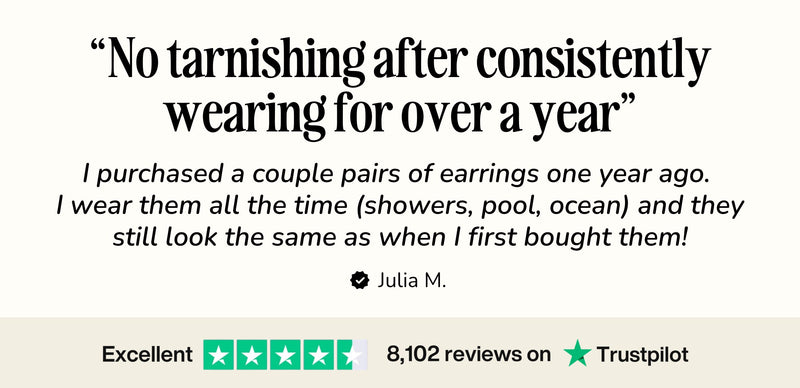




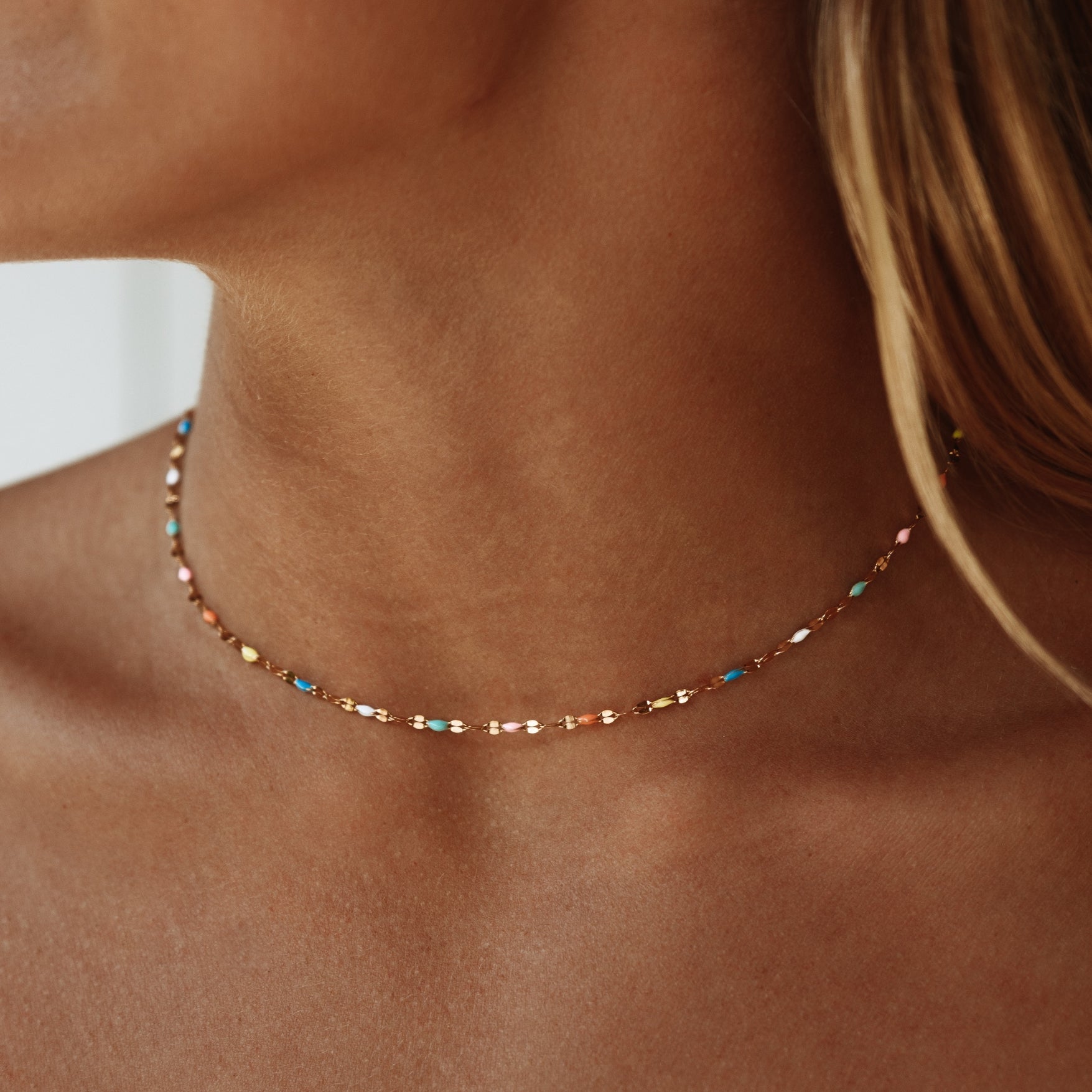
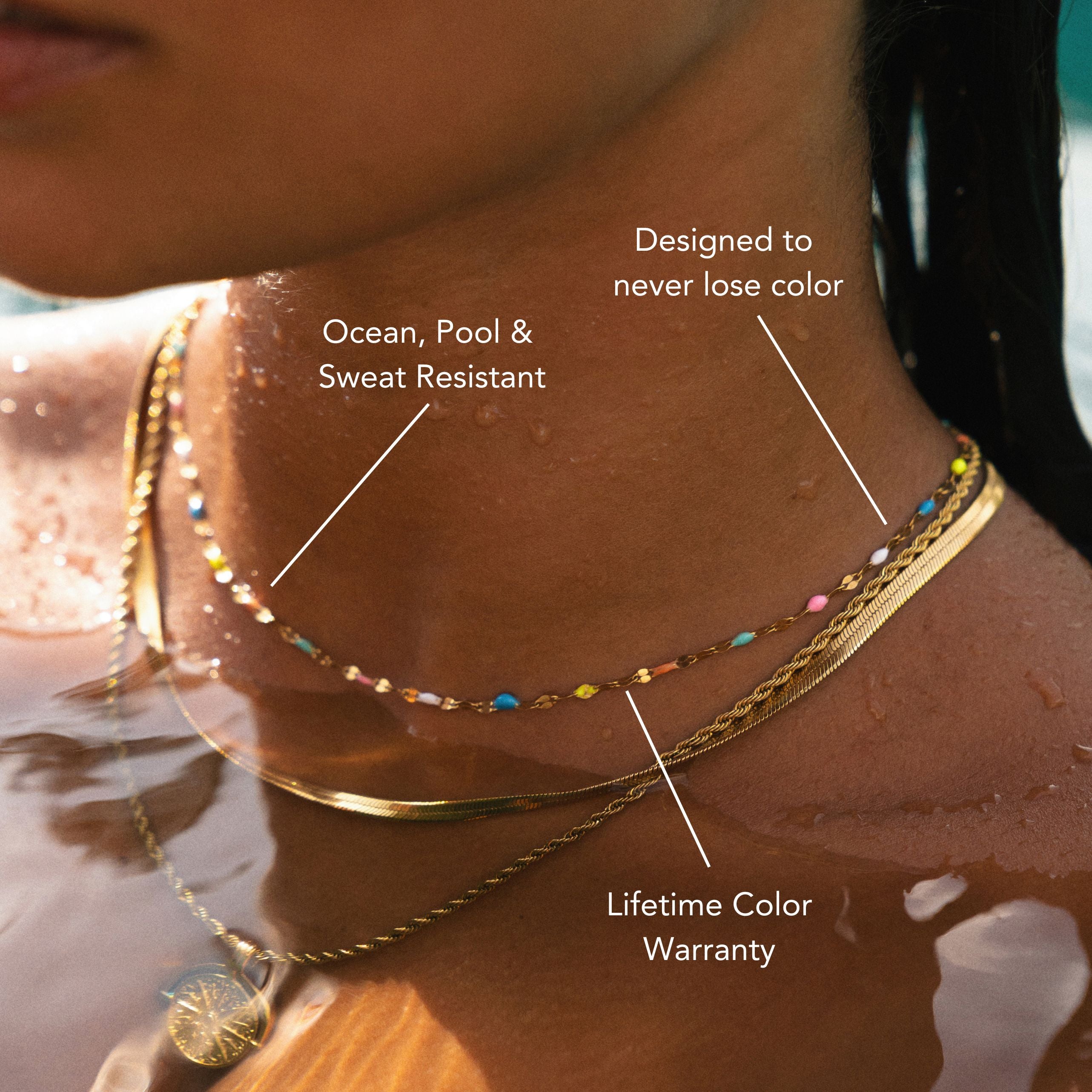
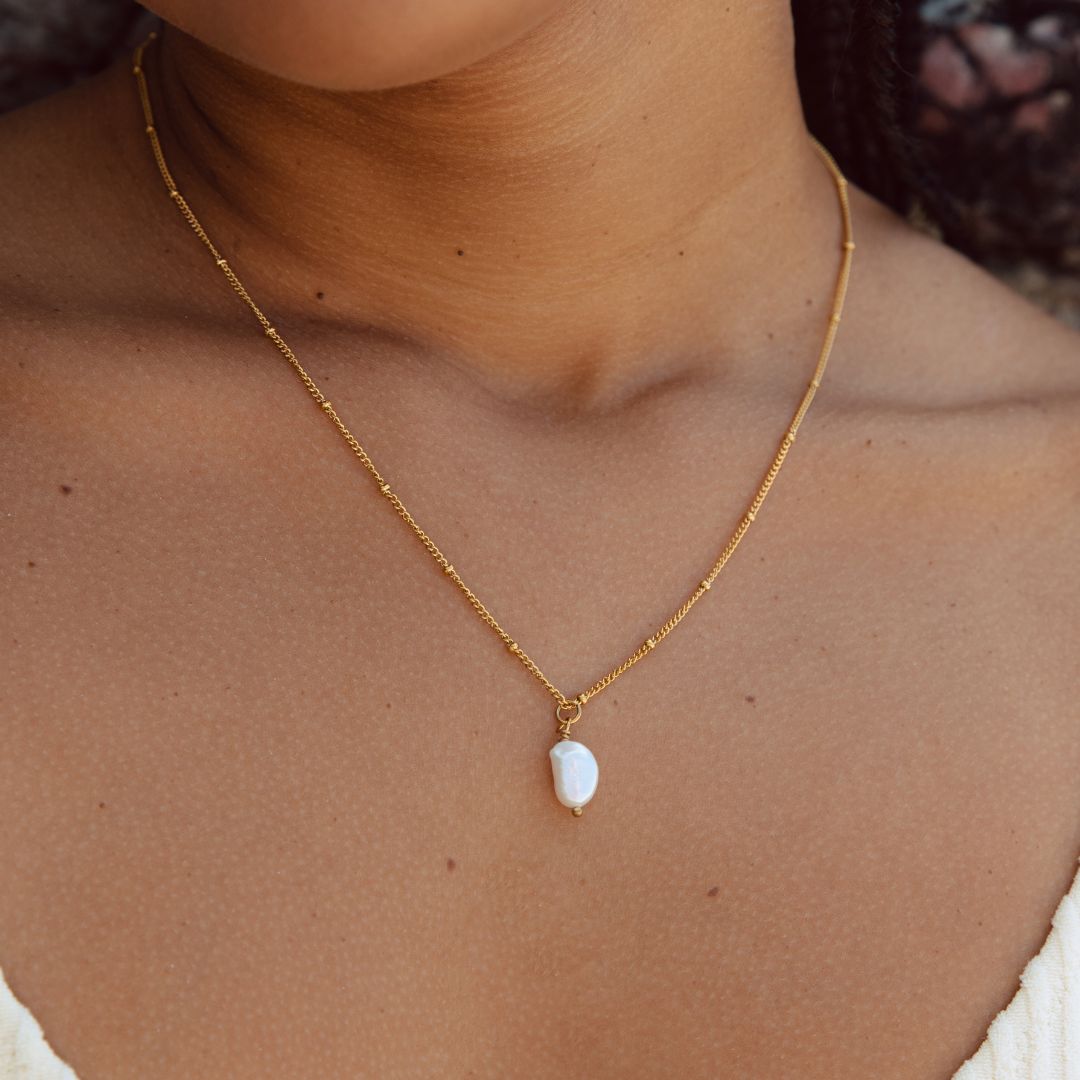

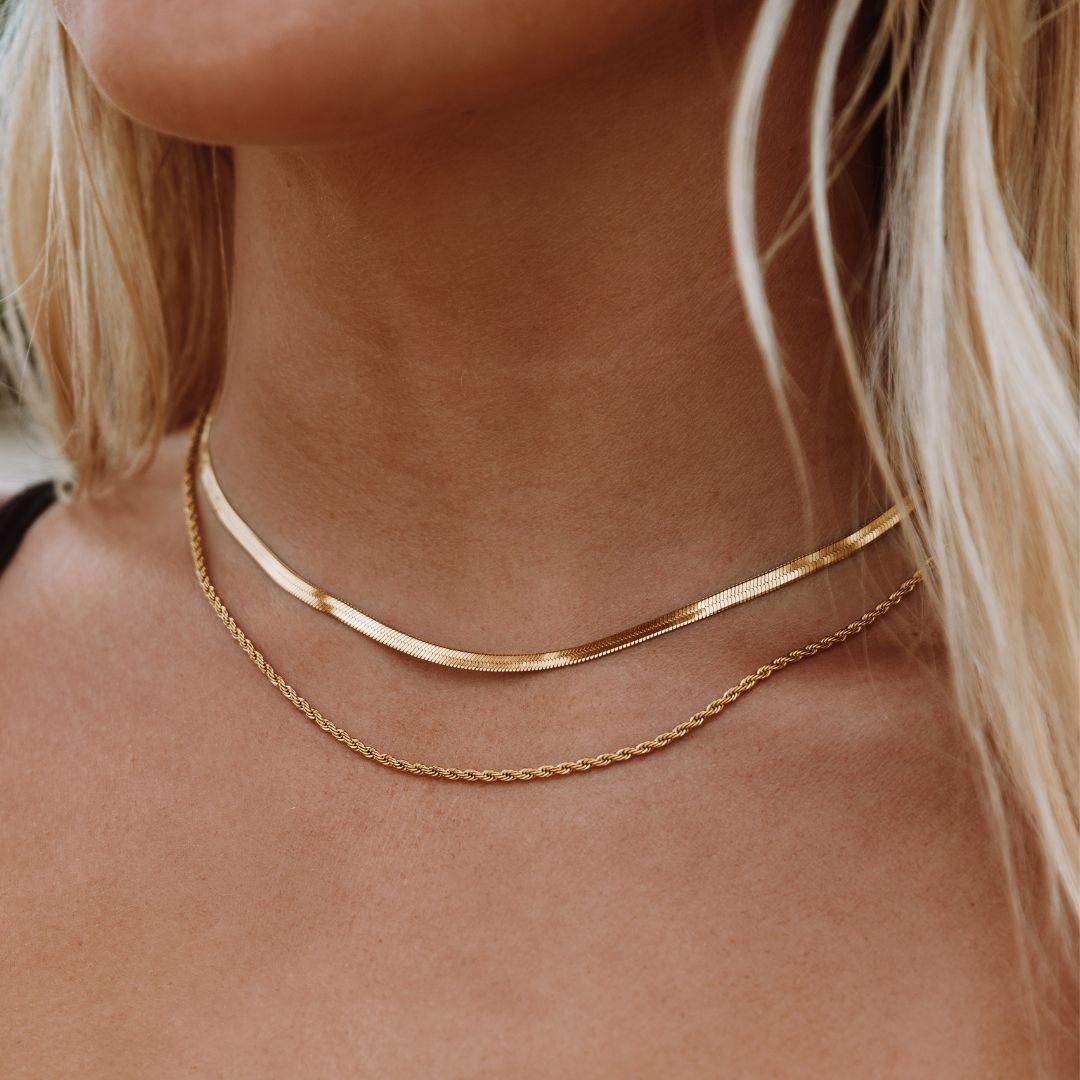
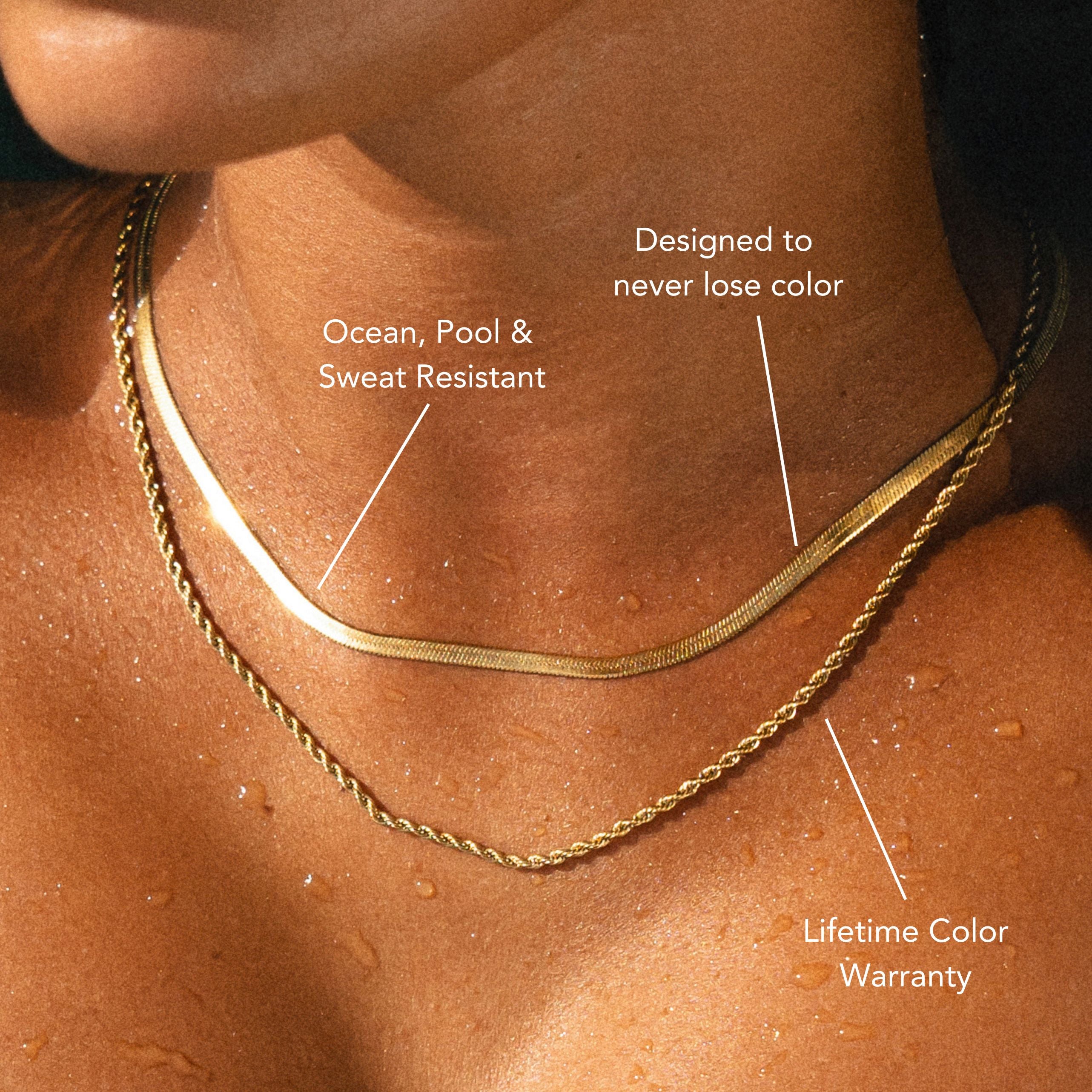




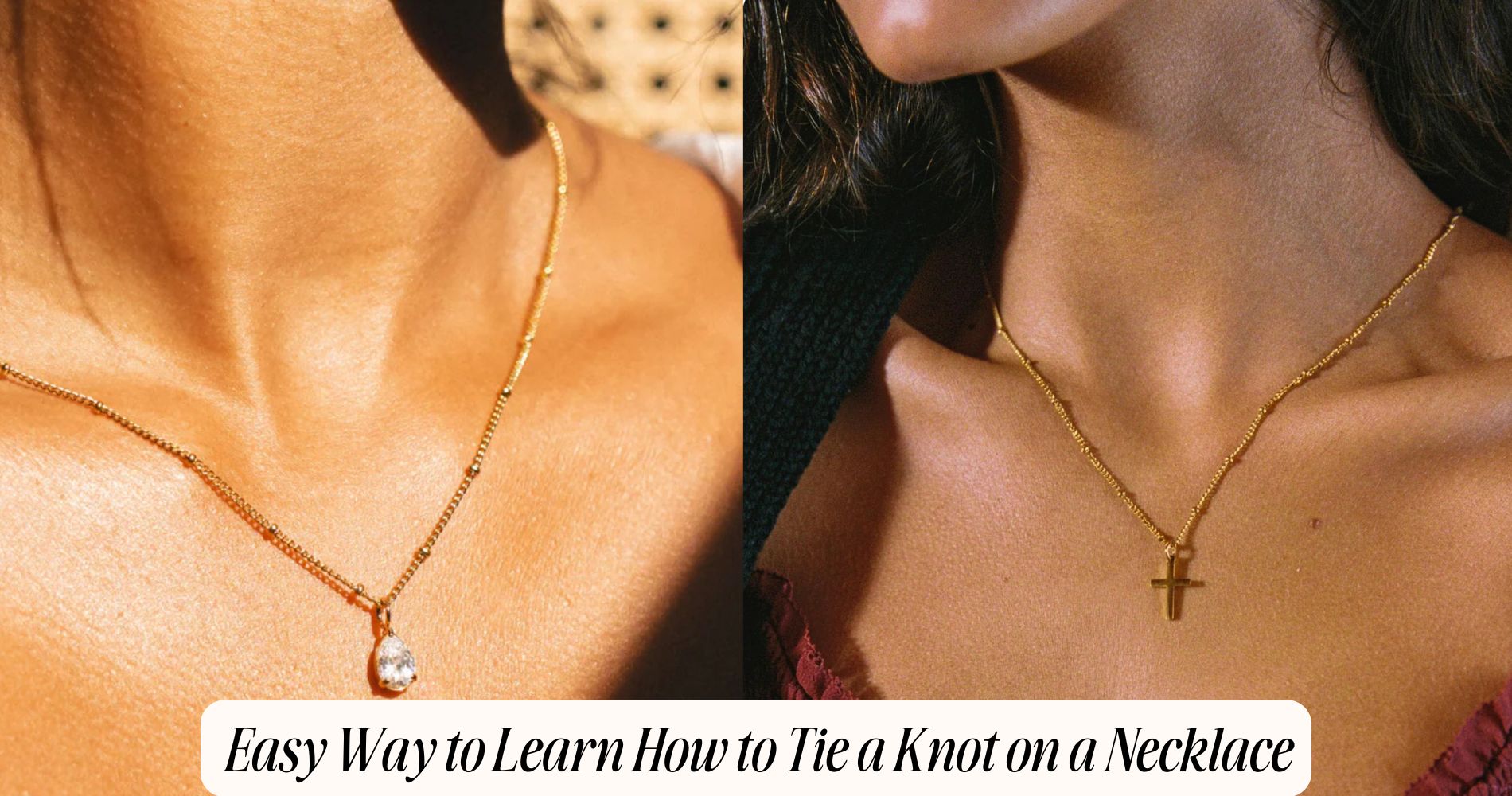
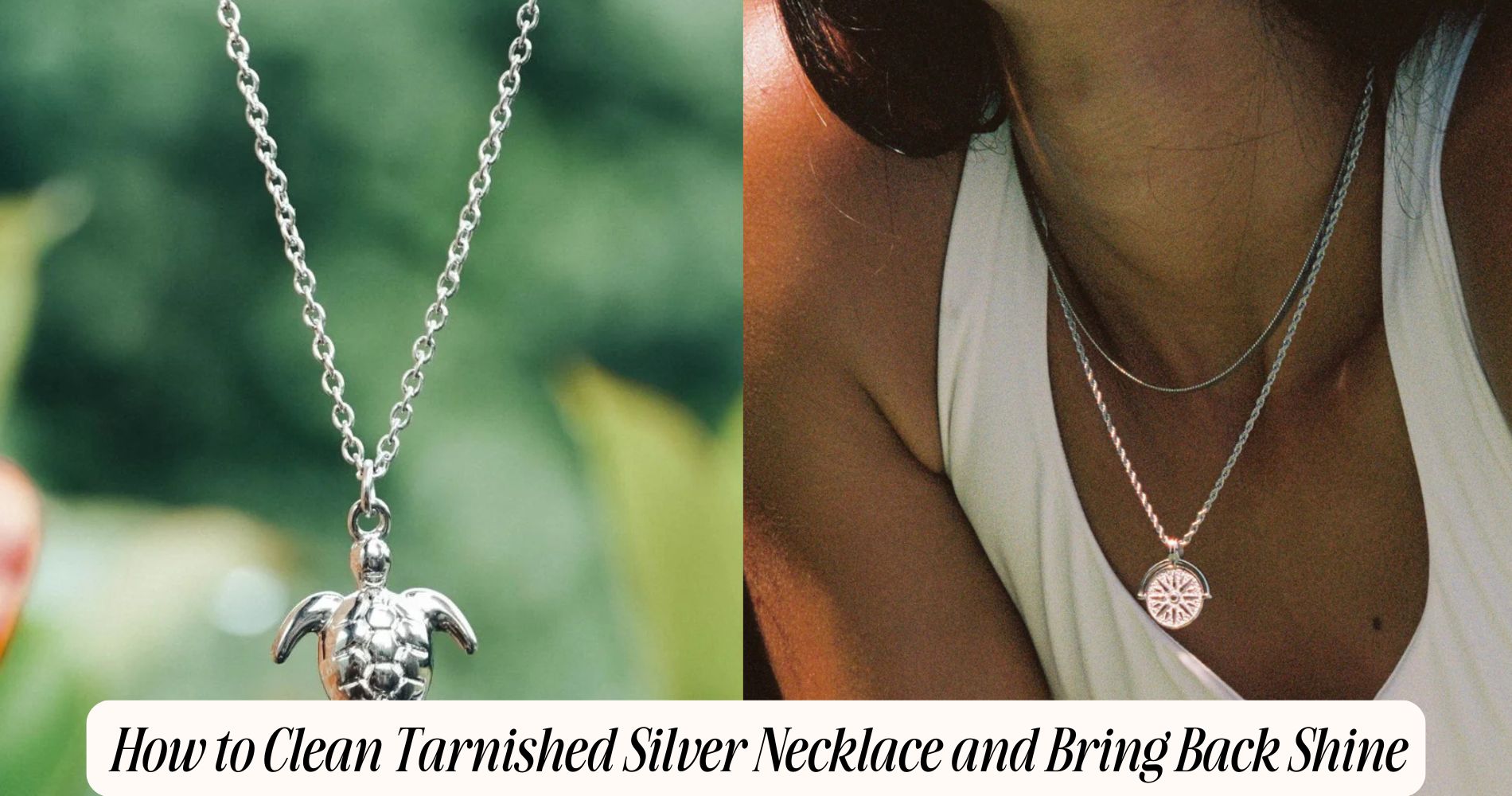




Leave a comment
This site is protected by hCaptcha and the hCaptcha Privacy Policy and Terms of Service apply.